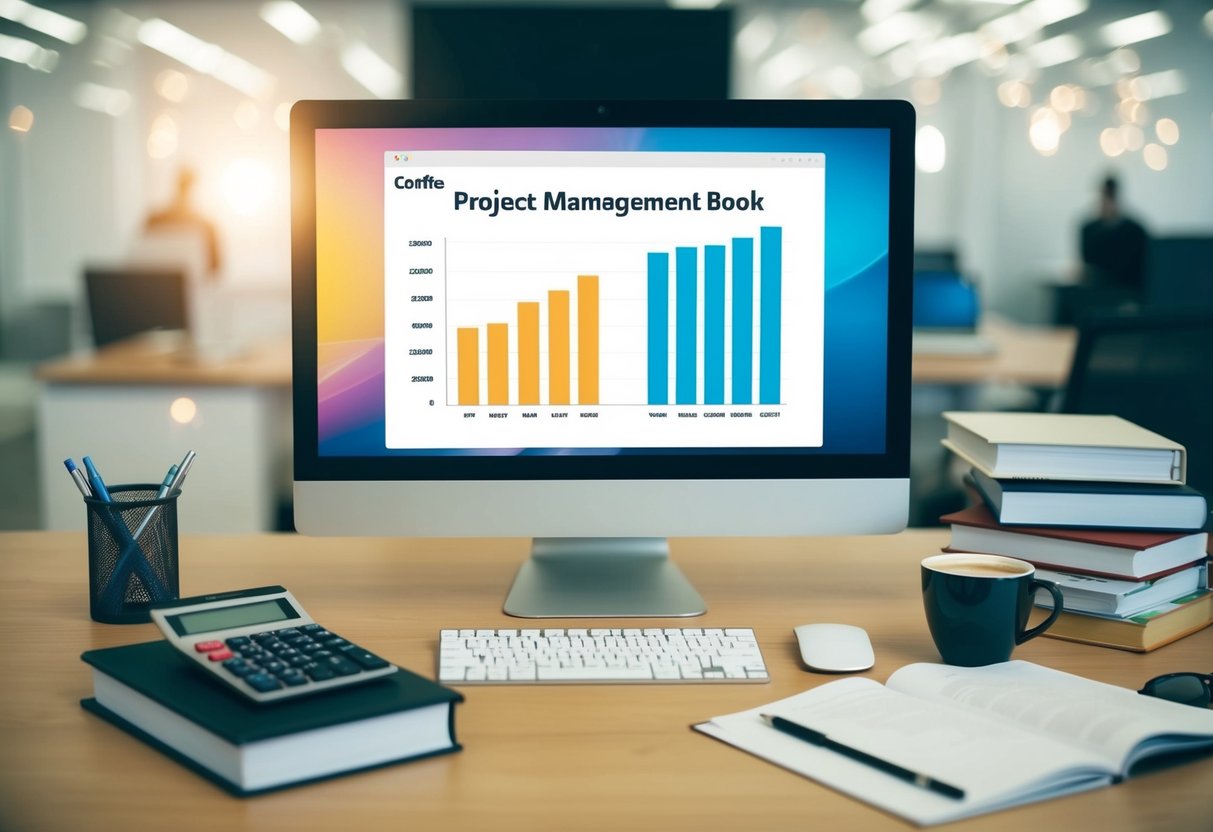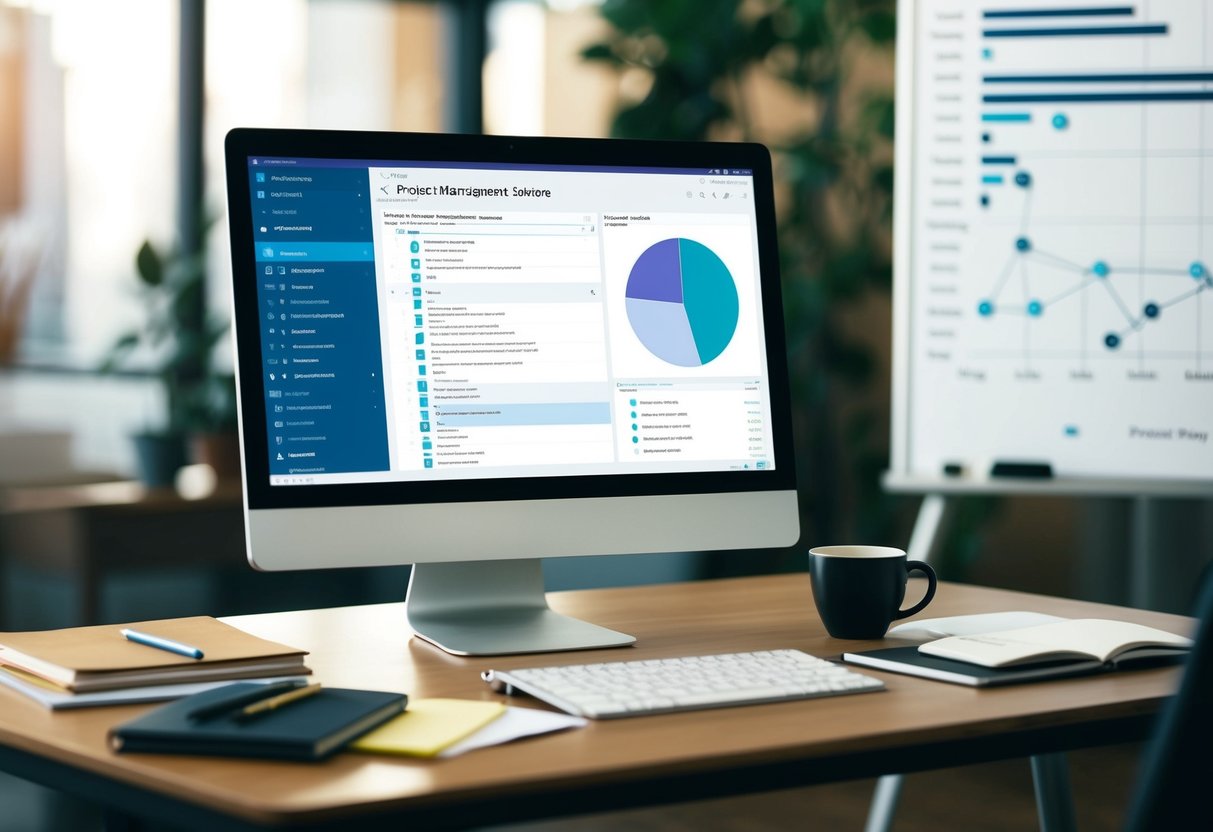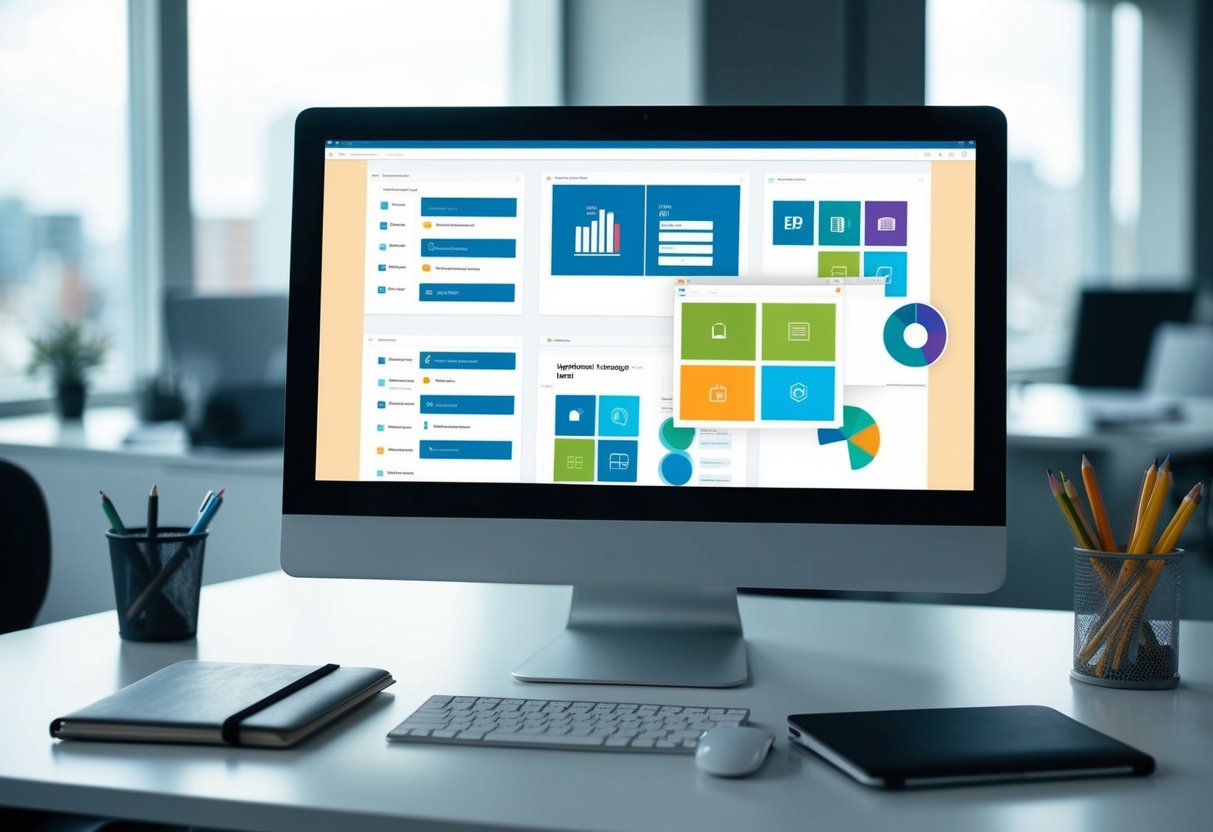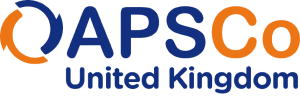The Top Software Tools Every Project Controls Professional Should Know: Essential Applications for Success in 2025
Project controls professionals need the right digital tools to manage complex projects effectively. Modern software solutions help teams track budgets, schedules, and resources while maintaining clear visibility across project portfolios. Project controls software should include comprehensive tracking capabilities for tasks, timelines, milestones and real-time project monitoring.

The best tools for project controls combine robust planning features with powerful analytics and reporting functions. Project Management Professionals can leverage these platforms to streamline workflows and improve decision-making through data-driven insights. Popular project management tools like Asana and Microsoft Project offer specialised features for different project types and team sizes.
Team collaboration tools are essential for modern project delivery, especially with remote and distributed teams becoming more common. These platforms allow project controls specialists to coordinate activities, share documents, and maintain clear communication channels across the organisation.
Essentials of Project Control and Management

Project control software helps teams track progress, manage resources, and analyse performance through specialised tools and techniques. Project managers need both technical skills and strategic thinking to deliver successful outcomes.
Understanding Project Control Fundamentals
Project control focuses on monitoring and measuring project performance against established baselines. Essential control tools include Work Breakdown Structures (WBS), Gantt charts, and Earned Value Management (EVM).
Teams need clear processes for tracking:
- Task completion and milestones
- Resource utilisation
- Budget expenditure
- Risk factors
- Change requests
Regular status reporting keeps stakeholders informed of progress and challenges. Data-driven insights help identify issues early.
Key Principles of Project Management
Effective project management requires balancing scope, time, cost and quality. Project planning software enables managers to set realistic schedules and allocate resources efficiently.
Critical success factors include:
- Clear objectives and deliverables
- Detailed project plans and timelines
- Regular team communication
- Proactive risk management
- Change control procedures
Resource management tools help optimise team workloads and track availability. Project managers must also establish processes for budget tracking and cost control.
Comprehensive Tools for Project Planning and Scheduling

Modern project controls software brings powerful features for timeline management, resource allocation, and task tracking into a single platform. These tools help teams create detailed project plans, manage resources effectively, and monitor progress in real-time.
Gantt Charts and Project Timelines
Project planning tools like Microsoft Project and Celoxis excel at creating visual timelines. These tools display tasks, dependencies, and milestones on an interactive timeline.
Gantt charts show:
- Task durations and relationships
- Critical path identification
- Milestone tracking
- Schedule baseline comparison
Teams can adjust timelines by dragging and dropping tasks. The software automatically recalculates dependencies and project end dates.
Resource Allocation and Scheduling
Resource management features help prevent overallocation and identify capacity issues. Project managers can view team member availability and workload at a glance.
Key resource scheduling capabilities include:
- Capacity planning
- Skill matching
- Availability tracking
- Cost management
- Workload balancing
Modern tools like Float specialise in resource scheduling for teams up to 1,000 members. The software flags scheduling conflicts and suggests optimal resource assignments.
Task Assignment and Progress Tracking
Popular task management platforms like Asana and Jira provide detailed task tracking. Team members can update task status, log hours, and add comments directly in the software.
Essential tracking features include:
- Percentage complete monitoring
- Time tracking
- Status updates
- Document sharing
- Automated notifications
These tools generate real-time progress reports and highlight delayed tasks that need attention. Managers can quickly identify bottlenecks and take corrective action.
Advanced Project Execution and Tracking

Modern project controls rely heavily on integrated digital tools that streamline workflows, provide real-time insights, and ensure quality standards are met throughout the project lifecycle. These tools help professionals maintain precise control over complex projects while reducing manual effort.
Automation and Workflow Management
Project management software uses automated systems to handle routine tasks and streamline processes. This automation reduces human error and saves valuable time.
Teams can set up triggers that automatically update task statuses, notify stakeholders, and move projects through predefined stages. These workflows ensure consistency in project delivery.
Key Automation Features:
- Automated task assignments
- Scheduled progress updates
- Document version control
- Resource allocation alerts
- Milestone tracking
Real-Time Reporting and Financial Oversight
Oracle Construction Intelligence Cloud and similar platforms provide instant visibility into project metrics and financial performance. This immediate access to data helps teams make informed decisions quickly.
Project controls professionals can monitor:
- Budget variances
- Resource utilisation
- Cost forecasting
- Cash flow analysis
- Earned value metrics
Real-time dashboards display key performance indicators (KPIs) and alert managers to potential issues before they become problems.
Quality Control and Project Completion
The Critical Path Method helps teams identify crucial tasks that impact project timelines. This systematic approach ensures quality at every stage.
Quality control tools track:
- Compliance requirements
- Technical specifications
- Testing results
- Inspection records
Digital checklists and verification systems maintain consistent quality standards across all project phases. These tools create audit trails and documentation for project handover.
Teams can use automated completion reports to verify all requirements have been met before closing out projects.
Optimising Team Collaboration and Communication

Modern project controls demand seamless communication and effective file sharing across teams. Strong collaboration tools reduce errors, speed up decision-making, and keep projects on track.
Communication Tools and File Sharing
Team communication tools enable quick responses and real-time updates between team members. Slack stands out as a leading platform, offering instant messaging, file sharing, and integration with other project control systems.
File sharing must be secure and organised. Microsoft Teams provides a centralised hub where professionals can store and collaborate on documents while maintaining version control.
Teams should establish clear communication protocols and file naming conventions. This structure helps prevent confusion and ensures everyone can locate crucial project documents quickly.
Remote Teams and Team Communication
Remote work requires robust enterprise collaboration tools that support virtual meetings and async communication. Video conferencing software enables face-to-face discussions and screen sharing for detailed analysis.
Essential Features for Remote Teams:
- Real-time document editing
- Screen sharing capabilities
- Instant messaging
- Task tracking integration
Time zone differences need careful consideration. Teams should schedule regular check-ins and maintain detailed project documentation to keep everyone aligned regardless of location.
Project controls professionals must select tools that integrate well with existing systems. This integration ensures data flows smoothly between different platforms and team members.
Leveraging Software for Budget and Cost Control
Modern project cost management software helps organisations track expenses, create accurate budgets, and maintain financial control throughout project lifecycles. These tools provide real-time insights and automated tracking to prevent cost overruns.
Cost Estimation and Budgeting
Project managers need reliable tools to create precise cost estimates and maintain budgets. Budget management software enables teams to plan expenses and allocate resources effectively.
Key features of cost estimation tools include:
- Historical data analysis
- Resource rate calculations
- Risk assessment tools
- Budget templates
- Forecasting capabilities
Teams can set up automated alerts when projects approach budget thresholds. This proactive approach helps prevent overspending before it occurs.
Expense Tracking and Cost-Effectiveness
Project control software costs vary from £0 to £400 monthly, depending on team size and features needed. Choosing the right tool requires balancing functionality with cost.
Essential expense tracking features include:
- Real-time cost monitoring
- Automated expense categorisation
- Custom reporting tools
- Integration with accounting systems
Modern tracking systems allow project managers to identify cost-saving opportunities quickly. They can spot spending patterns and adjust budgets as needed.
Digital tools reduce manual data entry and improve accuracy in financial reporting. This automation saves time and reduces costly errors in expense management.
Looking for a Career Change?
Check out our latest Job Listings

